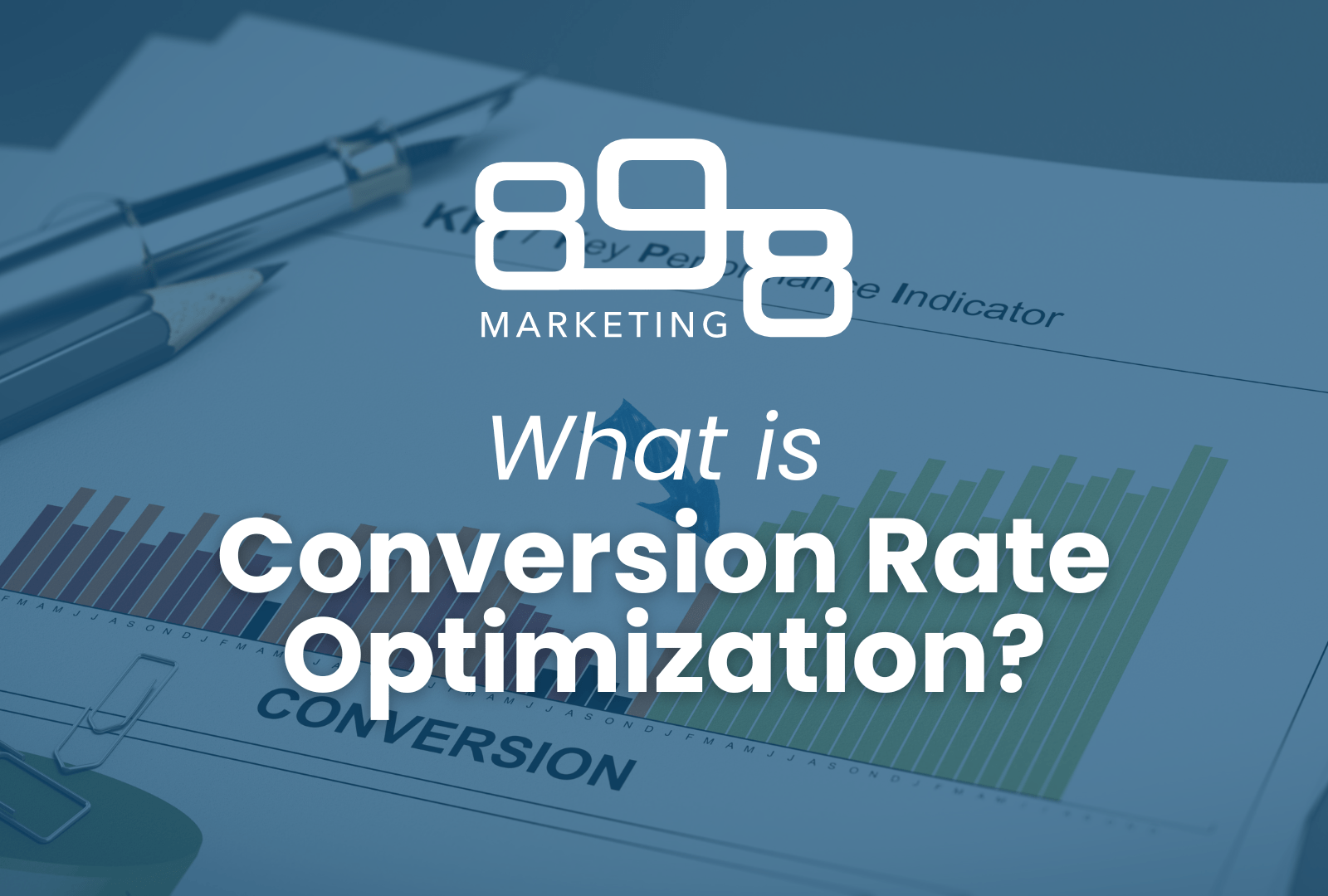
The Art of Brand Positioning Alignment: Crafting a Lasting Impression
- Sarah Crowe
- August 29, 2023
- Blog, Branding
- 898 marketing, branding
- 0 Comments
In today’s competitive and rapidly evolving business landscape where consumer choices are abundant and attention spans are fleeting, well-defined and effectively aligned brand positioning is more crucial than ever. At 898 Marketing, brand positioning alignment is the process of ensuring that every facet of a brand’s identity, message and consumer experience consistently reflects its intended image and values. Let’s chat about the significance of brand positioning alignment and explore strategies to create a strong and lasting brand impression.
Understanding Brand Positioning Alignment
Brand positioning alignment means making sure that a brand’s values, aesthetic, messaging and how customers feel all match up. Ensuring these align helps create a consistent story that people will remember. When everything about a brand fits together well, it makes the brand’s special qualities stronger, builds trust and keeps customers coming back.
Why Brand Positioning Alignment Matters
1. Consistency: When a brand’s message is the same everywhere, it makes people feel like the brand is reliable and trustworthy. People are more likely to trust and like a brand that looks and sounds the same all the time.
2. Clarity: If a brand’s message and purpose are clear, it’s easier for people to understand what the brand is about and why they should choose it over others. This makes decision-making simpler.
3. Uniqueness: When many brands are competing, having a unique brand identity makes you stand out. When your brand’s special qualities are always shown, people notice and remember them.
4. Connecting with Customers: When a brand’s message matches what customers care about, it creates a strong emotional bond. People feel like the brand understands them and shares their values which increases brand loyalty.
5. Longevity: Brands with strong alignment are better equipped to navigate market changes and evolving trends. Their consistent identity becomes a foundation that can be adapted without losing the core essence.

Strategies for Brand Positioning Alignment
1. Define Your Brand Core: Start by identifying your brand’s core values, mission, and vision. Understand what your brand stands for and how it wants to be perceived. This foundation serves as a reference point for alignment efforts.
2. Audience Understanding: Research your customers to understand your target audience’s preferences, needs, and struggles. This knowledge helps tailor your positioning to resonate with their desires and motivations better.
3. Unified Messaging: Be consistent with your brand. The more consistent you are with your message, the more likely people will be able to recall your business.
Developing an Effective Strategy
Step 1: Discover Your Current Market Position
The first step in creating your position is understanding where you stand in the market. This step plays an integral role in the following process in terms of insights for analyzing your competition.
To understand your current market position, consider these questions:
- What is your brand mission and vision?
- Who is your target audience?
- How do you differentiate from the competition?
Remember, relatable brands resonate better. Instead of using complicated language, be simple. Researching your ideal audience and communicating the way they do is a great way to stand out from the competition.
Step 2: Analyze Competing Forces
Once you breakdown your brand, beginning competitor analysis is the next step. Why? Because understanding the landscape allows you to assess the areas where you can excel.
Methods to identify competition include:
– Conducting market research using relevant keywords
– Gathering customer feedback about rival businesses
– Utilizing social media platforms to explore competitors within your niche
Once you’ve identified your competitors, gauge their brand positioning. The objective is to understand their strategies and market standing. Your competitor research should encompass:
– Products or services offered by competitors
– Their strengths and weaknesses
– Successful marketing strategies they employ
– Their current market position

Step 3: Define Your Unique Position
After competitor research, it is time to create your unique brand position. Think about your brand as a human being, who would they be? What would they do in their free time? What kind of music would they listen to? Personify your company. You might find similarities between you and your competitors, so identify what makes your brand different.
This is the very foundation for your brand’s market positioning. Make sure to note your distinctive offerings and explore where you outperform your competitors.
Step 4: Formulate a Positioning Statement
A positioning statement, often just one or two sentences, articulates your brand’s uniqueness compared to competitors.
Consider addressing these questions when creating your positioning statement:
– Who is your target audience?
– In what product or service category do you belong?
– What’s the primary benefit of your product or service?
Step 5: Craft a Memorable Tagline
Once you’ve developed a strong positioning statement, you can create a tagline or slogan for external communication. A tagline conveys your brand’s essence in a concise format.
Famous examples include:
– Bounty: “The Quicker Picker Upper”
– Red Bull: “Red Bull Gives You Wings”
– Tide: “If it’s got to be clean, It’s got to be Tide”
A tagline effectively conveys your brand’s message in a memorable way, making it a potent tool for marketing efforts.
Step 6: Validate Your Positioning Strategy
Nothing should be left to chance, especially your positioning statement. After creating it, invest time in testing, experimenting, and gathering feedback from consumers to ensure its effectiveness.
Employ a combination of quantitative and qualitative research methods, including surveys, polls, focus groups, and interviews. Based on these findings, you can solidify your positioning and adjust your marketing endeavors if needed.
Brand Positioning Summed-Up:
Effective positioning in marketing is a complex process that requires dedication and courage to stand out. It’s a potent tool for attracting customers, retaining them, and establishing your brand identity. Following these steps, you can craft a compelling brand positioning strategy that empowers you to thrive in a competitive market.







Recent Comments